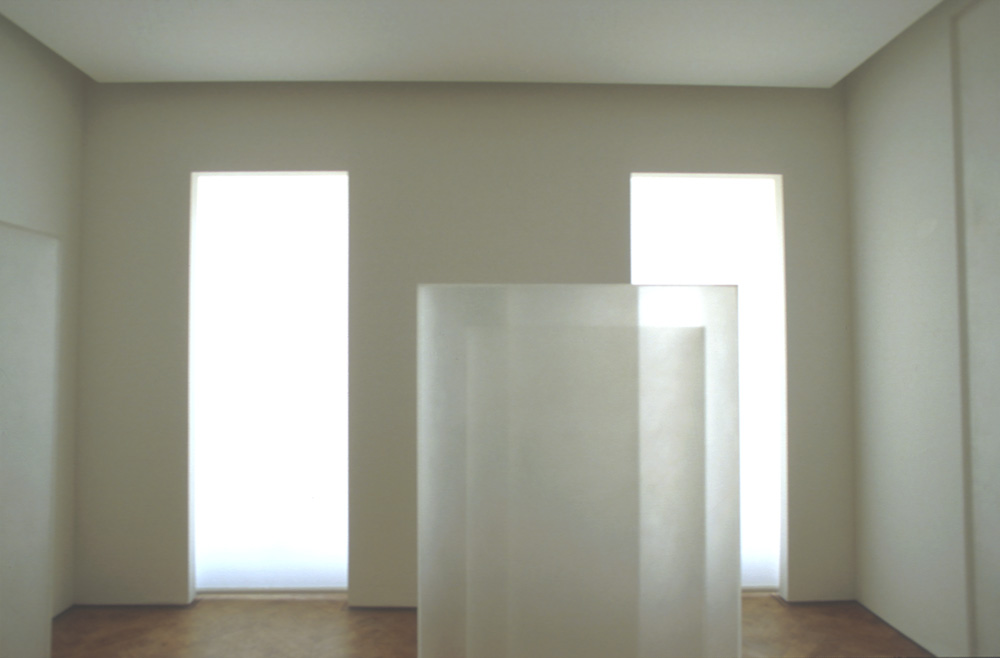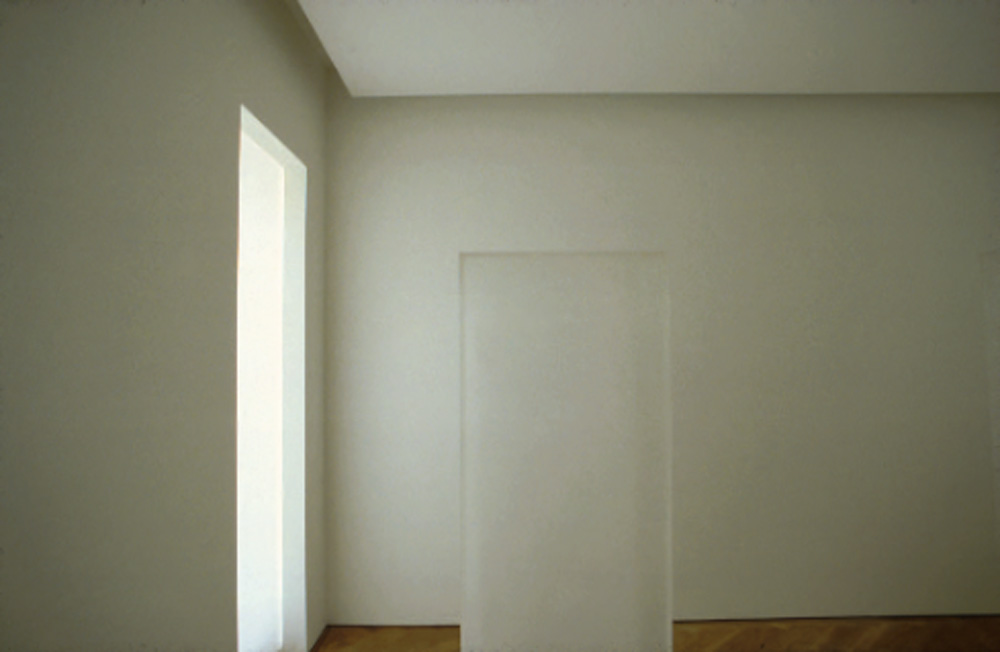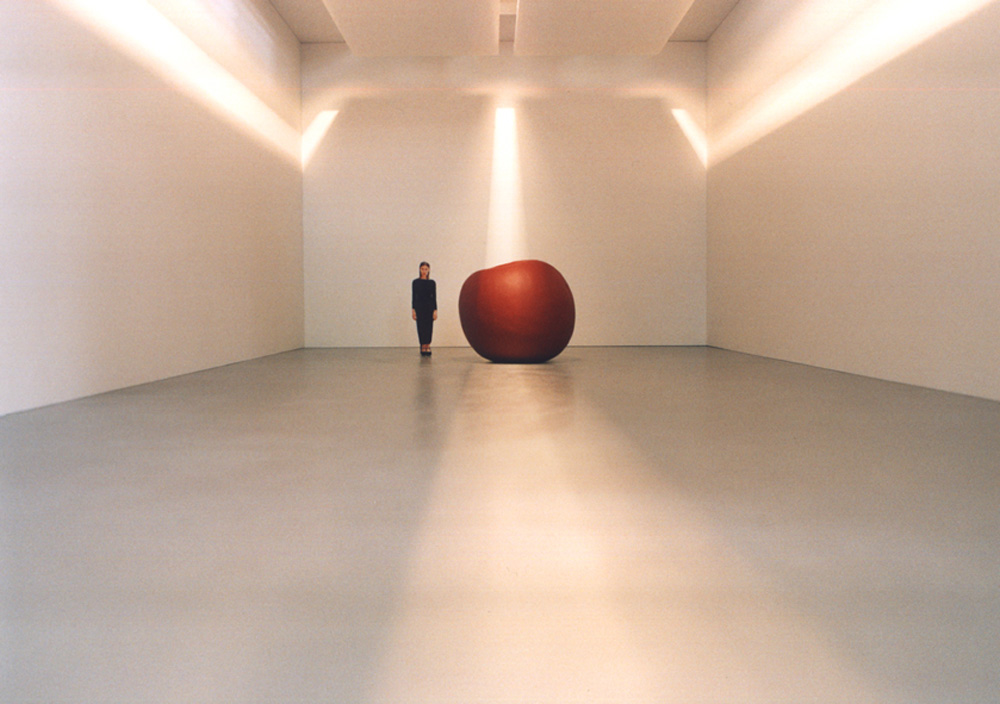White Cube Gallery
London, 1993
This tiny 20m² gallery is situated on the first floor of a Victorian building off Piccadilly.
By forming a geometric space within a traditional room, and by screening the existing windows with diffused light, this intervention creates the illusion of being inside a cube, detached from the mundane world.
As Richard Dyer wrote in Art Press, 1993: ‘… Jopling’s new space is literally a White Cube designed by architect Claudio Silvestrin; the diffused light from two narrow vertical windows gives on to the perfectly balanced volume of the single room, which gives one the sense of entering the inner sanctum of some religious space.’
White Cube Gallery
London, 1993
This tiny 20m² gallery is situated on the first floor of a Victorian building off Piccadilly.
By forming a geometric space within a traditional room, and by screening the existing windows with diffused light, this intervention creates the illusion of being inside a cube, detached from the mundane world.
As Richard Dyer wrote in Art Press, 1993: ‘… Jopling’s new space is literally a White Cube designed by architect Claudio Silvestrin; the diffused light from two narrow vertical windows gives on to the perfectly balanced volume of the single room, which gives one the sense of entering the inner sanctum of some religious space.’
White Cube Gallery
London, 1993
This tiny 20m² gallery is situated on the first floor of a Victorian building off Piccadilly.
By forming a geometric space within a traditional room, and by screening the existing windows with diffused light, this intervention creates the illusion of being inside a cube, detached from the mundane world.
As Richard Dyer wrote in Art Press, 1993: ‘… Jopling’s new space is literally a White Cube designed by architect Claudio Silvestrin; the diffused light from two narrow vertical windows gives on to the perfectly balanced volume of the single room, which gives one the sense of entering the inner sanctum of some religious space.’


